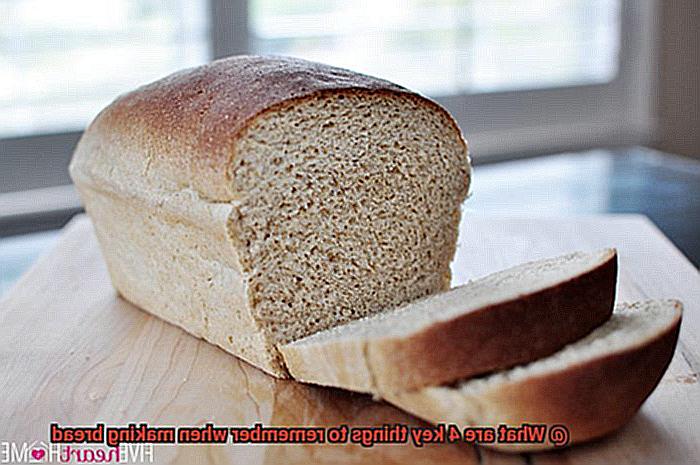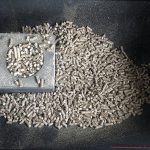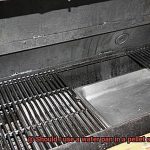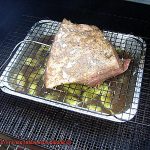Bread, oh bread. The aroma of freshly baked bread can make anyone’s day. Kneading and shaping the dough is a therapeutic experience that brings joy to the soul. But, let’s be honest here – making bread is not as easy as it seems. To get that perfect loaf, you need to keep in mind some key things. Today we will discuss the four essential elements that you must remember while making bread to ensure that your bread is not just edible but also delicious.
Firstly, measurements are crucial. The right proportions of flour, water, yeast, and salt determine the texture and taste of the final product. Secondly, kneading is equally important. The more you knead, the more gluten forms which gives the bread its structure. Thirdly, proofing time – when the dough is left to rise – is critical in determining whether your loaf will be fluffy or dense. Lastly, baking time and temperature are significant factors as they ensure that the bread is baked evenly.
If you’re an amateur baker or someone who wants to perfect their bread-making skills, this blog post is for you. Let’s dive right in and learn more about these four key things that will take your homemade bread from good to great.
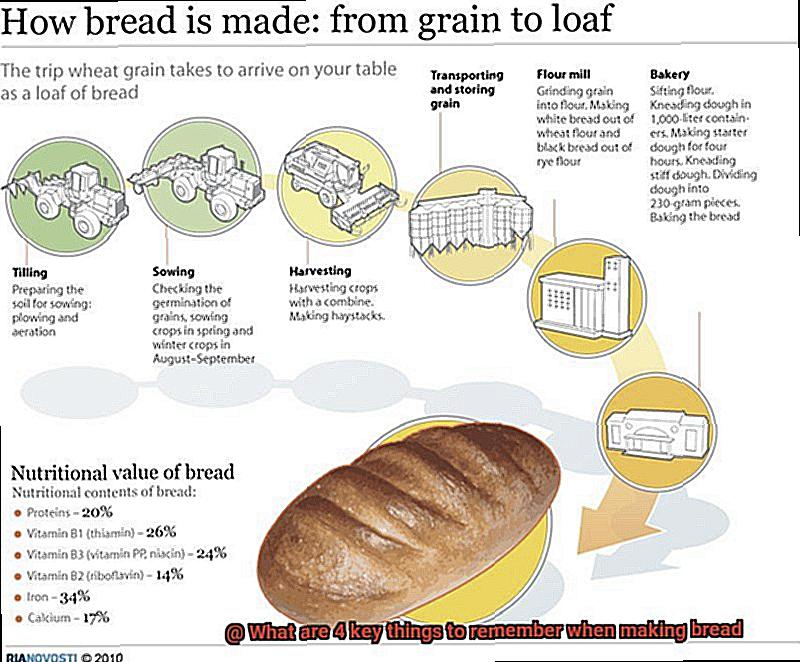
Contents
Ingredient Ratios
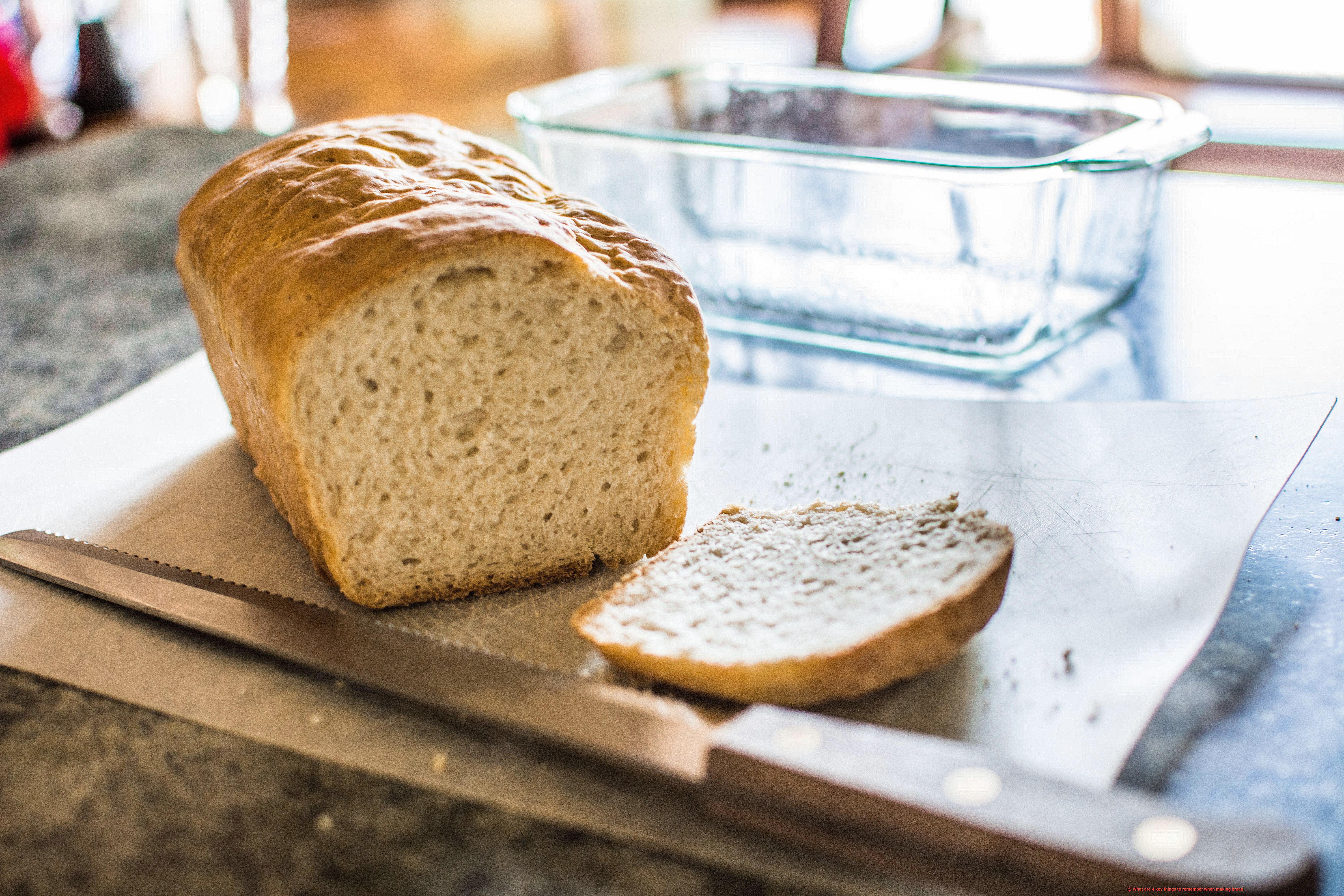
If you want to become a master bread-maker, then you need to understand the importance of ingredient ratios. Baking is a science, and even small variations in measurements can make a significant difference in the final product. That’s why measuring ingredients accurately is crucial.
When it comes to the ratio of flour to water, known as hydration, you need to strike a balance between moisture content and ease of handling. The hydration level of your dough affects its texture and will ultimately determine the quality of your bread. A typical hydration level for bread dough ranges from 60% to 75%, with higher levels creating a more open and airy crumb. However, too much hydration can make the dough more challenging to handle.
The ratio of yeast to flour is just as important. Yeast gives bread its lightness and causes the dough to rise. But too much yeast can result in an over-risen and overly yeasty flavor, while too little yeast can lead to a dense and flat loaf. A good rule of thumb is to use 1-2% of yeast based on the flour’s weight.
Salt not only adds flavor but also controls yeast growth and strengthens the gluten structure. The right amount of salt is essential for achieving the perfect loaf of bread. Too little salt can result in a bland-tasting loaf with an overly rapid rise, while too much salt can hinder yeast growth and result in a dense loaf. A typical salt ratio ranges from 1-2% based on flour weight.
Kneading
Kneading is the process of mixing and manipulating dough to develop gluten, which is responsible for giving bread its structure and texture. But before you start kneading away, there are a few things to keep in mind to ensure a successful bake.
Firstly, the amount of flour used can make or break your bread’s texture. Too much flour will result in a tough and dry loaf, while too little will leave your dough sticky and hard to handle. It’s important to gradually add flour until the dough reaches the desired consistency.
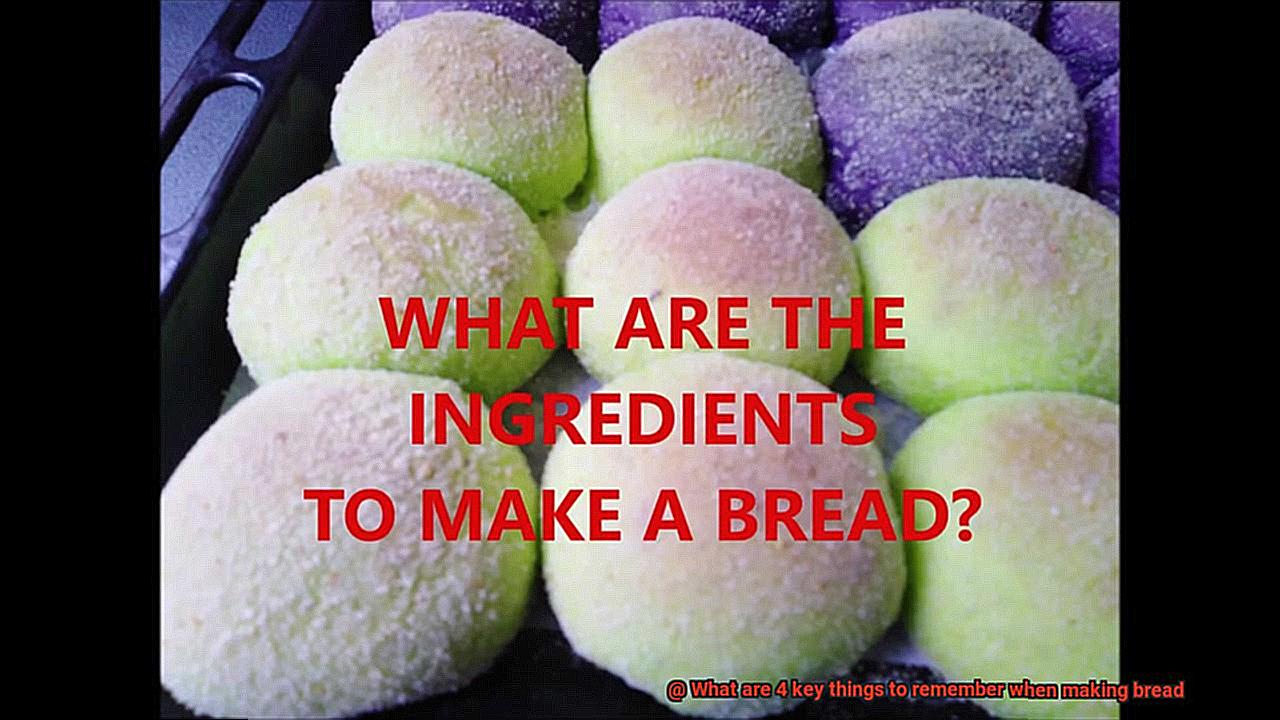
Secondly, time is a crucial factor when it comes to kneading. Under-kneaded dough will be dense and heavy, while over-kneading can lead to a tough and chewy outcome. Aim for 10-15 minutes by hand or 5-7 minutes in a stand mixer.
Temperature also plays a role in gluten development. Cold dough will need longer kneading and resting time, while warm dough may become too sticky to handle. Letting the dough come to room temperature before kneading is best.
Lastly, technique matters when it comes to kneading. Be gentle yet firm and use the heel of your hand to push the dough away from you before pulling it back towards you with your fingers. Repeat until smooth and elastic.
In summary, here are the four key things to remember when kneading bread dough:
Gradually add flour until the dough reaches the desired consistency.
Aim for 10-15 minutes by hand or 5-7 minutes in a stand mixer.
Let the dough come to room temperature before kneading.
Use proper technique by being gentle yet firm and using the heel of your hand.
Proofing
Let’s talk about the crucial step in bread-making that can make or break your loaf – proofing. As an expert in bread-making, I’m here to share some tips to help you perfect this process and achieve a delectable, fluffy bread with a soft crumb.
First and foremost, patience is key when it comes to proofing. Rushing this stage can have a detrimental effect on the texture and flavor of your bread. Generally, it takes anywhere between 30 minutes to 2 hours for the dough to rise, depending on the recipe. So, take a deep breath and allow the yeast to work its magic.
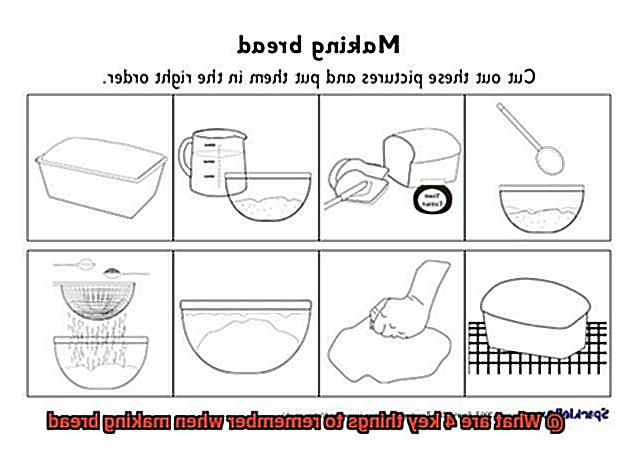
Temperature plays a vital role in proofing. The ideal temperature range for this process is between 75-80°F (24-27°C). If the environment is too cold, your bread will take longer to rise, while if it’s too hot, it may overproof and collapse.
Humidity is another factor to consider during proofing. A moist environment helps keep the dough hydrated, preventing it from drying out and forming a hard crust. To maintain humidity, cover the dough with a damp cloth or plastic wrap.
Now let’s talk about visual cues. These are essential in determining if your dough has proofed enough. You can look out for an increase in size or a slightly domed top. Alternatively, gently press your finger into the dough; if the indentation remains, it’s ready for baking.
To summarize, here are the four key things to remember during proofing: time, temperature, humidity, and visual cues. Don’t rush this process, provide an ideal temperature range of 75-80°F (24-27°C), maintain a moist environment with a damp cloth or plastic wrap, and look out for visual cues like an increase in size or an indentation.
Baking
Baking bread is an art that requires precision and patience. As a baking expert, I’m here to guide you on the journey to the perfect loaf. Baking bread involves placing the dough in an oven to cook and rise properly, but there are some essential things to remember that can make or break the final product.
Firstly, preheat your oven. It’s imperative to ensure even cooking and a perfectly risen loaf. Set the oven to the temperature specified in your recipe and let it preheat before placing your dough inside. This will give you a head start in achieving that golden crusty exterior.
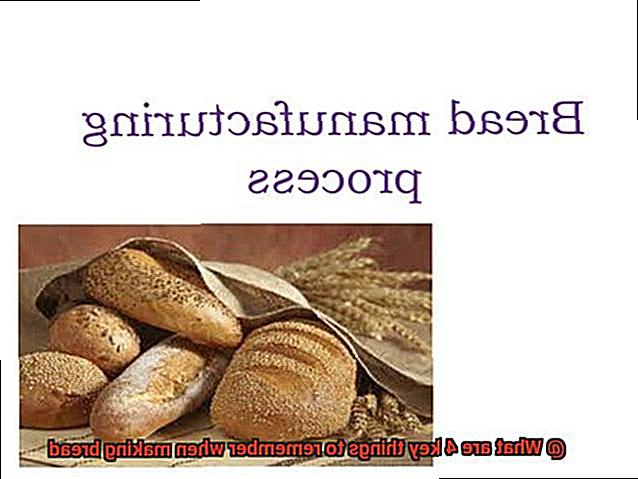
Next up, steam is your friend. Steam helps create a moist environment in the oven, which allows the bread to rise properly and develop a crispy crust. You can create steam by placing a pan of hot water in the bottom of the oven while baking your bread. The result? A tantalizing aroma of freshly baked bread wafting through your home.
Thirdly, keep an eagle eye on your bread while it’s baking. Check on it periodically and rotate it if necessary to ensure even browning. And don’t forget to tap on the bottom of the bread to check if it sounds hollow, indicating that it is fully cooked. We want that perfect crusty exterior and soft interior.
Lastly, let your bread cool down before slicing into it. The temptation to indulge in freshly baked bread is real, but hold off for a bit. Allowing it to cool down allows time for the bread to set and moisture to distribute evenly throughout the loaf. Cutting into hot bread can cause it to become gummy and dense.
Other Important Tips for Making Bread
Bread-making is a science that requires precision and skill, but with the right tips and tricks, anyone can create the perfect loaf. In addition to the four key things to remember when making bread, there are other important tips that can help elevate your bread-making game. Here are five additional tips to keep in mind:
Use quality ingredients
The quality of your ingredients is crucial in achieving a delicious and satisfying loaf of bread. Using high-quality flour, fresh yeast, and filtered water will greatly improve the taste and texture of your bread. Organic ingredients are also a great choice if you want to avoid harmful chemicals.
Knead the dough properly
Kneading is an essential step in bread-making as it helps develop gluten, which gives bread its structure and texture. Proper kneading can take anywhere from 8-10 minutes and should be done until the dough becomes smooth and elastic. Don’t be afraid to put some muscle into it – your efforts will pay off with a light and fluffy loaf.

Let the dough rise properly
Allowing the dough to rise properly is critical in achieving a light and fluffy texture. The ideal temperature for rising is between 75-80°F (24-27°C), and the dough should be left to rise until it doubles in size. Don’t rush this step – patience is key when making bread.
Preheat your oven
Preheating your oven is essential in achieving a crispy crust and even baking. A fully preheated oven will ensure that your bread rises properly and cooks evenly. Make sure to preheat your oven to the correct temperature before putting your bread in.
Use steam
Steam helps create a crisp crust and a soft crumb by keeping the surface of the dough moist during baking. You can achieve this by placing a tray of water at the bottom of your oven or by spraying water onto the surface of your dough before putting it in the oven. This simple trick can take your bread to the next level and make it look and taste like it came from a professional bakery.
Different Types of Breads to Try
Why not try baking your own bread at home. With countless types of bread to choose from, each with its own unique flavor and texture, the possibilities are endless. Here are five types of bread to experiment with:
First up is sourdough, a classic bread made using a sourdough starter instead of yeast. This gives the bread a tangy flavor and chewy texture that pairs perfectly with butter or jam. Making a sourdough starter can take several days, but the end result is well worth it.
If you’re looking for a healthier alternative to white bread, whole wheat bread is a great option. Made with flour milled from whole wheat kernels, this bread has a nutty flavor and dense texture, making it perfect for toast or sandwiches. You can also experiment with different ratios of whole wheat and white flour to find the perfect balance for your taste.
For something a little more unique, try making rye bread. Rye flour gives this bread a slightly sour taste and denser texture than wheat bread. It’s often used in traditional Jewish cuisine and pairs well with smoked meats or fish.
Ciabatta, an Italian bread known for its chewy texture and crispy crust, is great for sandwiches or as a base for bruschetta. With just four simple ingredients
flour, water, yeast, and salt
Lastly, brioche is a sweet, buttery bread that’s perfect for pastries and desserts. Made with egg yolks and butter, this bread has a rich flavor and tender texture that will elevate any recipe. You can use brioche dough to make everything from cinnamon rolls to hamburger buns.
How to Store Homemade Bread
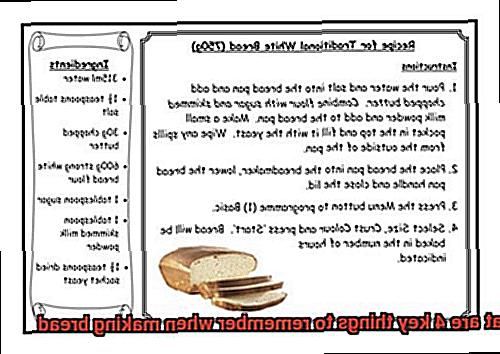
Baking bread is an art that requires patience and skill. After all the effort you put into making a perfect loaf, the last thing you want is for it to go stale or moldy. To ensure your bread stays fresh and delicious, follow these four tips for storing homemade bread:
Let it cool completely:
Temperature control is crucial when it comes to storing bread. Before storing your bread, make sure it has cooled down completely. If you try to store your bread while it’s still warm, it can create condensation and lead to a soggy texture or mold growth. So, wait until your bread has reached room temperature before storing.
Use airtight containers:
Storing your bread in an airtight container like a plastic bag, bread box, or container with a tight-fitting lid is essential in retaining its freshness. This will help prevent air from getting in and drying out the bread. A clean and dry container will keep your bread fresh for longer.
Avoid refrigerating your bread:
Although refrigerating your bread may seem like a good idea, it can actually cause the bread to dry out and become stale faster. Instead, store your bread at room temperature in a cool, dry place like a pantry or cupboard. This will help keep the bread soft and fresh.
Freeze for long-term storage:
Freezing is an excellent way to extend the shelf life of homemade bread. Wrap the bread tightly in plastic wrap or aluminum foil and place it in an airtight container or freezer bag before freezing. When you’re ready to eat the bread, simply thaw it at room temperature or reheat it in the oven for a few minutes. This will ensure that your homemade bread stays fresh and delicious for longer.
Benefits of Making Your Own Bread
Baking your bread at home is more than just a fun pastime; it’s a way of life that comes with endless benefits. As an expert in this area, I can attest to the satisfaction that comes with creating a warm loaf of bread straight from your oven. Let me tell you about the many advantages of making your bread.
Firstly, homemade bread gives you complete control over what goes into it. You can choose high-quality ingredients that are free from additives and preservatives, ensuring that your bread is not only delicious but also healthy. With this level of control, you can cater to specific dietary requirements like gluten-free or vegan options, giving you peace of mind that you’re feeding your family nutritious food.
Not only is making your bread healthier for you, but it’s also cheaper than buying store-bought loaves. By buying ingredients in bulk and making several loaves at once, you can save money in the long run while still enjoying fresh bread. You’ll quickly realize that store-bought bread is no match for the quality and taste of homemade bread.
In addition to cost savings, making your bread offers endless customization options. You can experiment with different types of flour and add-ins like nuts, dried fruit, or herbs and spices to create unique flavors and textures. Do you want a savory rosemary and garlic loaf or a sweet cinnamon raisin bread? The possibilities are endless, and nothing beats the satisfaction of creating something truly unique and delicious.
Lastly, making your bread is an eco-friendly choice. Store-bought bread often comes in plastic packaging that contributes to environmental pollution. When you bake your bread, you can use reusable containers or cloth bags to store it, reducing waste production and promoting sustainability.
e8tymUqV2-4″ >
Conclusion
In conclusion, baking bread is a culinary art that requires finesse and expertise. To achieve the perfect loaf, you must keep in mind four essential elements: measurements, kneading, proofing time, and baking time and temperature. These factors are crucial in determining the texture and flavor of your final product. Measuring ingredients accurately is paramount as even slight variations can significantly impact the outcome. Kneading develops gluten, which gives bread its signature structure and texture. Proofing time determines whether your loaf will be light or dense, while baking time and temperature ensure even cooking.
But don’t stop there. There are other important tips to consider when making bread, like using high-quality ingredients, proper kneading techniques, allowing dough to rise adequately, preheating your oven correctly, and using steam during baking. Experiment with different types of bread like sourdough or rye to elevate your skills in the kitchen.
Homemade bread offers endless benefits such as complete control over ingredients used, cost savings compared to store-bought loaves, customization options for unique flavors and textures, and eco-friendliness by reducing waste production. So why not give it a try?

